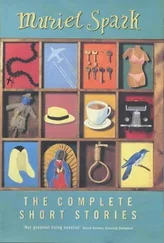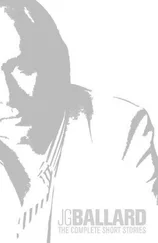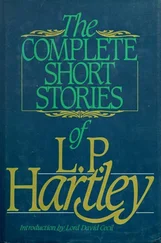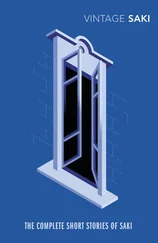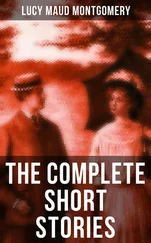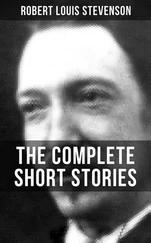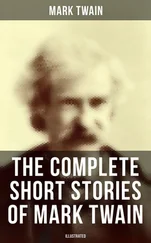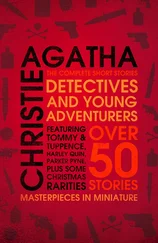During the next half an hour it moved slowly, turning as the sun swung, the profile of a dune.
Seizing on this cipher, which hung before him like a symbol on a shield, Traven pushed himself through the dust. He climbed precariously to his feet, and shielded his eyes from the blocks. He moved forward a few paces at a time.
Ten minutes later he emerged from the western perimeter of the blocks, like a tottering mendicant leaving behind a silent desert city. The dune lay fifty yards in front of him. Beyond it, bearing the shadow like a screen, was a ridge of limestone that ran away among the hillocks of the wasteland beyond this point of the atoll. The remains of an old bulldozer, bales of barbed wire and fifty-gallon drums lay half-buried in the sand. Traven approached the dune, reluctant to leave this anonymous swell of sand. He shuffled around its edges, and sat down in the mouth of a shallow crevice below the brow of the ridge.
After dusting his clothes, he gazed out patiently at the great circle of blocks.
Ten minutes later he noticed that someone was watching him.
This corpse, whose eyes stared up at Traven, lay to his left at the bottom of the crevice. That of a man of middle age and strong build, it rested on its back with its head on a pillow of stone, hands outstretched at its sides, as if surveying the window of the sky. The fabric of the clothes had rotted to a bleached grey vestment, but in the absence of any small animal predators on the island the skin and musculature of the corpse had been preserved. Here and there, at the angle of knee or wrist, a bony point glinted through the leathery integument of the skin, but the facial mask was still intact, and revealed a male Japanese of the professional classes. Looking down at the strong nose, high forehead and broad mouth, Traven guessed that the Japanese had been a doctor or lawyer.
Puzzled as to how the corpse had found itself here, Traven slid a few feet down the slope. There were no radiation burns on the skin, which indicated that the Japanese had been there for five years or less. Nor did he appear to be wearing a uniform, so had not been some unfortunate member of a military or scientific party.
To the left of the corpse, within reach of his left hand, was a frayed leather case, the remains of a map wallet. To the right was the husk of a haversack, open to reveal a canteen of water and a small mess-tin.
Traven slid down the slope until his feet touched the splitting soles of the corpse’s shoes, the reflex of starvation making him for the moment ignore that the Japanese had deliberately chosen to die in the crevice. He reached out and seized the canteen. A cupful of flat water swilled around the rusting bottom. Traven gulped down the water, the dissolved metal salts cloaking his lips and tongue with a bitter film. The mess-tin was empty except for a tacky coating of condensed syrup. Traven prised at this with the lid, and chewed at the tarry flakes, letting them dissolve in his mouth with an almost intoxicating sweetness. After a few moments he felt light-headed and sat back beside the corpse. Its sightless eyes regarded him with unmoving compassion.
(A small fly, which Traven presumes has followed him into the fissure, now buzzes about the corpse’s face. Guiltily, Traven leans forward to kill it, then reflects that perhaps this minuscule sentry has been the corpse’s faithful companion, in return fed on the rich liqueurs and distillations of its pores. Carefully, to avoid injuring the fly, he encourages it to alight on his wrist.)
DR YASUDA: Thank you, Traven. In my position, you understand …
TRAVEN: Of course, Doctor. I’m sorry I tried to kill it – these ingrained habits, you know, they’re not easy to shrug off. Your sister’s children in Osaka in ’44, the exigencies of war, I hate to plead them. Most known motives are so despicable, one searches the unknown in the hope that …
YASUDA: Please, Traven, do not be embarrassed. The fly is lucky to retain its identity for so long. That son you mourn, not to mention my own two nieces and nephew, did they not die each day? Every parent in the world grieves for the lost sons and daughters of their earlier childhoods.
TRAVEN: You’re very tolerant, Doctor. I wouldn’t dare –
YASUDA: Not at all, Traven. I make no apologies for you. Each of us is little more than the meagre residue of the infinite unrealized possibilities of our lives. But your son, and my nephew, are fixed in our minds forever, their identities as certain as the stars.
TRAVEN: (not entirely convinced ) That may be so, Doctor, but it leads to a dangerous conclusion in the case of this island. For instance, the blocks –
YASUDA: They are precisely what I refer to, Traven. Here among the blocks you at last find an image of yourself free of the hazards of time and space. This island is an ontological Garden of Eden, why seek to expel yourself into a world of quantal flux?
TRAVEN: Excuse me (The fly has flown back to the corpse’s face and sits in one of the dried-up orbits, giving the good doctor an expression of quizzical beadiness. Reaching forward, Traven entices it on to his palm. He examines it carefully ) Well, yes, these bunkers may be ontological objects, but whether this is the ontological fly is doubtful. It’s true that on this island it’s the only fly, which is the next best thing …
YASUDA: You can’t accept the plurality of the universe – ask yourself why, Traven. Why should this obsess you? It seems to me that you are hunting for the white leviathan, zero. The beach is a dangerous zone. Avoid it. Have a proper humility, pursue a philosophy of acceptance.
TRAVEN: Then may I ask why you came here, Doctor?
YASUDA: To feed this fly. ‘What greater love –?’
TRAVEN: (Still puzzling) It doesn’t really solve my problem. The blocks, you see …
YASUDA: Very well, if you must have it that way …
TRAVEN: But, Doctor –
YASUDA: (Peremptorily) Kill that fly!
TRAVEN: That’s not an end, or a beginning.
(Hopelessly, he kills the fly. Exhausted, he falls asleep beside the corpse. )
Searching for a piece of rope in the refuse dump behind the dunes, Traven found a bale of rusty wire. After unwinding it, he secured a harness around the corpse’s chest and dragged it from the crevice. The lid of a wooden crate made a crude sledge. Traven fastened the corpse to it in a sitting position, and set off along the perimeter of the blocks. Around him the island remained silent. The lines of palms hung in the sunlight, only his own motion varying the shifting ciphers of their criss-crossing trunks. The square turrets of the camera towers jutted from the dunes like forgotten obelisks.
An hour later, when Traven reached the awning by his bunker, he untied the wire cord he had fastened around his waist. He took the chair left for him by Dr Osborne and carried it to a point midway between the bunker and the blocks. Then he tied the body of the Japanese to the chair, arranging the hands so that they rested on the wooden arms giving the moribund figure a posture of calm repose.
This done to his satisfaction, Traven returned to the bunker and squatted under the awning.
As the next days passed into weeks, the dignified figure of the Japanese sat in his chair fifty yards from him, guarding Traven from the blocks. He now had sufficient strength to rouse himself at intervals and forage for food. In the hot sunlight the skin of the Japanese became more and more bleached, and Traven would wake at night and find the sepulchral figure sitting there, arms resting at its sides, in the shadows that crossed the concrete floor. At these moments he would often see his wife and son watching him from the dunes. As time passed they came closer, and he would sometimes find them only a few yards behind him.
Читать дальше

